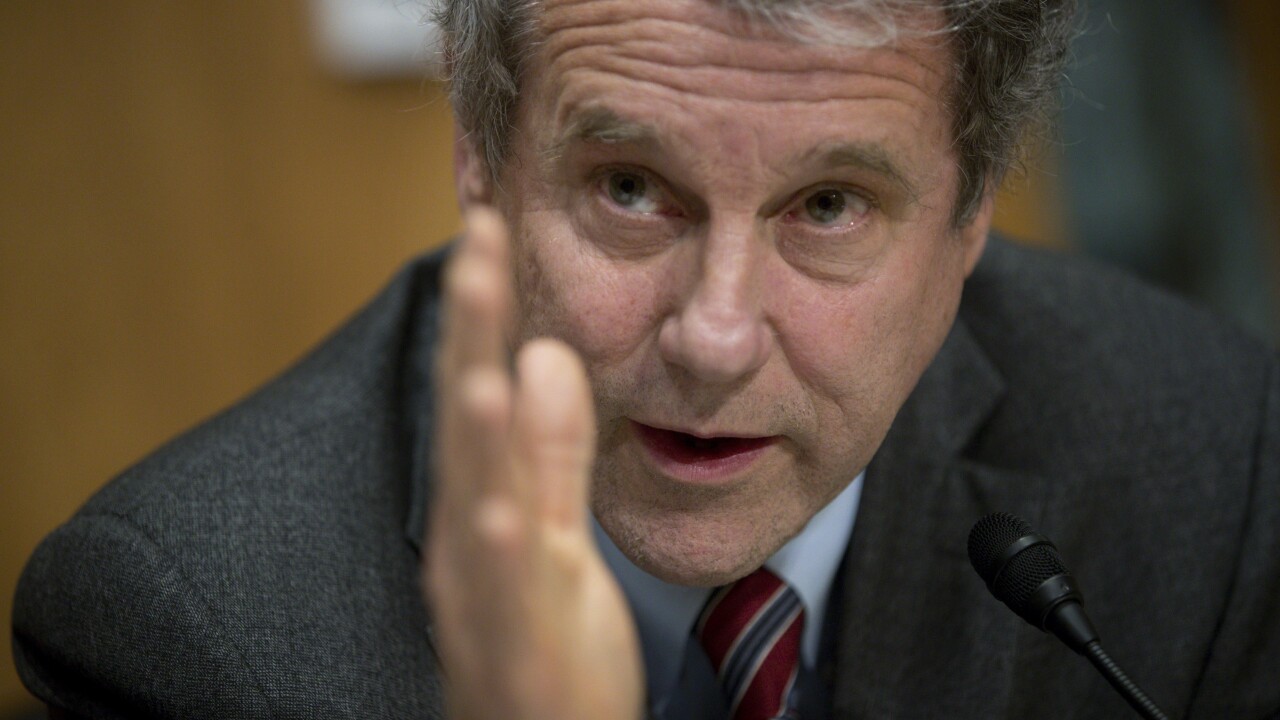
In 2006, I embarked on my career as a banker, freshly armed with insights from experts such as Nicholas Souleles of the Wharton School of Business. I read an article by him entitled
Yet, within mere months, the world was plunged into the depths of the Great Recession.
The yield curve is a graphical depiction of interest rates for bonds of the same quality but varying maturities. A normal curve often suggests growth, while an inverted one frequently heralds a recession. It's a tool used to gauge market expectations of future economic activity.
The shape of the yield curve is often thought to reflect market expectations of future interest rates, and this idea is commonly known as the "expectations theory." This theory can give clues about future interest rates and economic activity.
March 2022 marked the first yield curve inversion since 2019. Currently, the curve shows nearly a
Unlike 2006, when bad credit underwriting and fraud ignited a recession, I believe the next downturn may stem from a banking liquidity crisis. Rising consumer debt,
The most recent
Moreover, with over
Sen. Sherrod Brown, D-Ohio, chairman of the Senate Banking Committee, said that alleged union abuses should impact how regulators view corporate governance and risk management.
Compounding these financial pressures, the average price of electricity per kilowatt hour has
What this means is that banks are in trouble.
The financial landscape is currently riddled with warning signs that point toward potential liquidity issues for banks. An inverted yield curve, historically a precursor to economic downturns, suggests that short-term borrowing costs for banks could soon outpace the returns from long-term loans, squeezing profit margins.
Compounded by a shrinking M2 money supply, banks face challenges in lending and maintaining liquidity. Soaring consumer and student loan debts, coupled with vulnerabilities in the commercial real estate sector, further threaten banks with higher default rates and potential write-downs.
Businesses, strained by mounting debt and surging energy costs, are at risk of missing loan repayments, exacerbating banks' liquidity concerns. The recent collapses of major banks highlight the fragility of the sector, with the potential to trigger panic withdrawals and further liquidity strains.
This confluence of factors paints a concerning picture of the future solvency of the banking industry.
Don't be misled by pieces that
The collapses of Silicon Valley Bank, First Republic and Signature Bank may be harbingers of what's to come. The inverted yield curve might be warning us that more bad news lies ahead. I sincerely hope I am wrong, but the signs are troubling.






